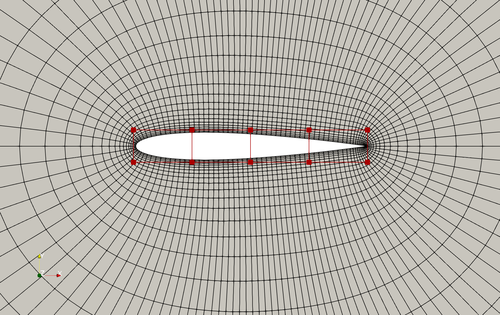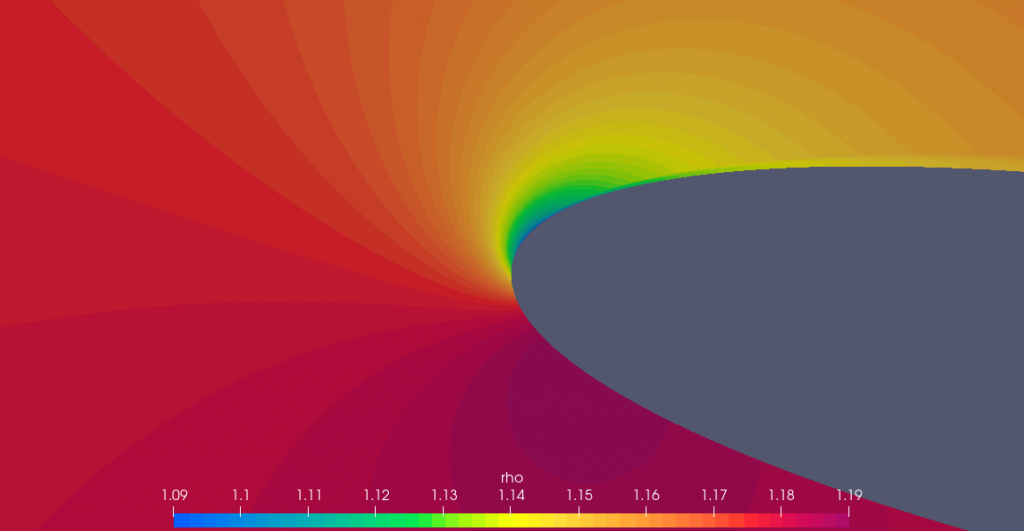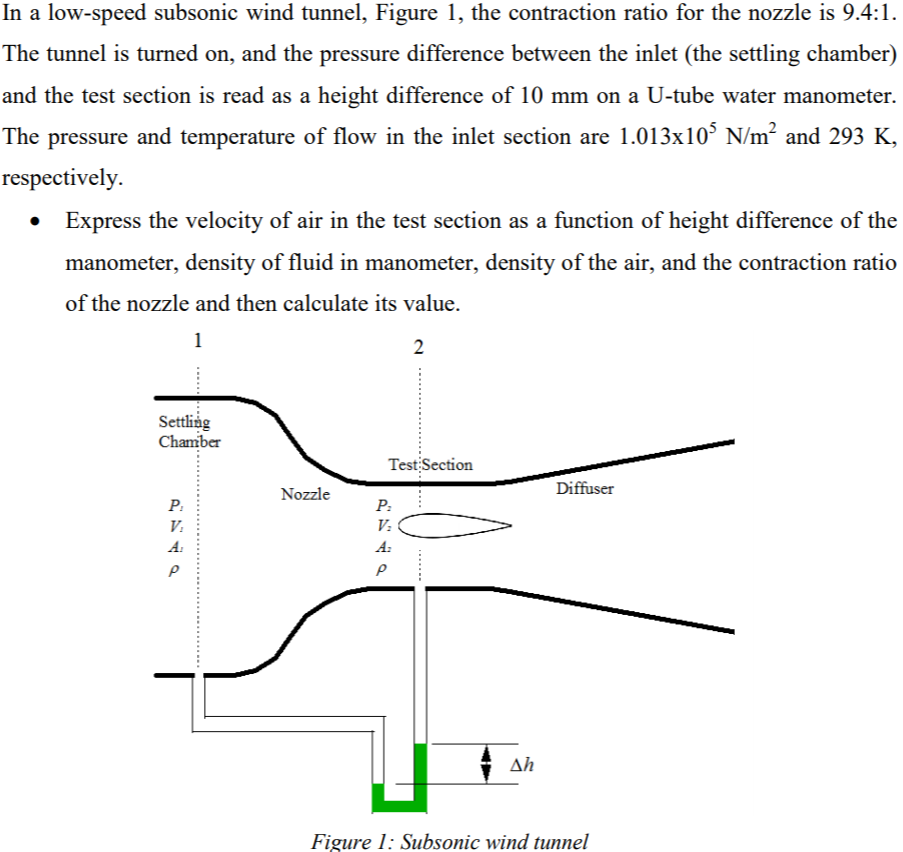
Therefore, curvature along any flow path should change gradually. In subsonic flow, sharp changes in the contour must be avoided: Here, air would have to change direction abruptly which requires strong pressure gradients. On a three-dimensional body the shape of the nose is of less importance and sometimes used to express a brand image. Which one is it? Both? Which one is most relevant? Or are both irrelevant in reality? Peter Kämpf’s answer makes no mention of either alternative, only arguing about the AOA and stagnation point.įuselage noses of airliners hold the antenna of the weather radar, and a blunter nose will put the least amount of material in the way of the electromagnetic waves.
#SUBSONIC SPEED SKIN#
I don't understand why!Īccording to this, a blunt nose is aerodynamically superior even when flying at the optimal AOA, but then why do gliders, which obviously value aerodynamics above all, always have relatively sharp noses? According to some descriptions, a hemispherical cap is the optimal shape for decreasing form drag and skin friction drag, but I haven’t found any description of why the first is true and the second is often motivated with hemispherical caps having the lowest surface area to volume ratio, but a conical cap of equal height has a lower surface area relative to the radius! In other words, if we were to design a new airplane, why wouldn't we sharpen the nose closer to a point instead of blunting it closer to a hemisphere, only considering aerodynamics?Įdit: yes, this is a unique question because I’m asking why and specifically why form and skin friction drag of a blunter nose is smaller than for a sharper nose, challenging intuition.Įdit 2: basically, why does No 2 in the following have less drag than No 5?Īccording to the image (I’ve yet to read the source, I’m on it!) there’s less pressure drag, but according to an answer by aeroalias to a related question, there’s less friction drag:


It would appear that airliners have blunter noses because they fly at a wider range of AOAs and gliders have sharper noses because they fly at a narrower range of AOAs. A blunter nose accepts a wider range of angles of attack without sideways airflow across it, which would cause additional drag that is avoided.I've read a lot about this and allegedly:

Compared to a sharper conical nose, a blunter conical nose is aerodynamically superior in subsonic flight.


 0 kommentar(er)
0 kommentar(er)
